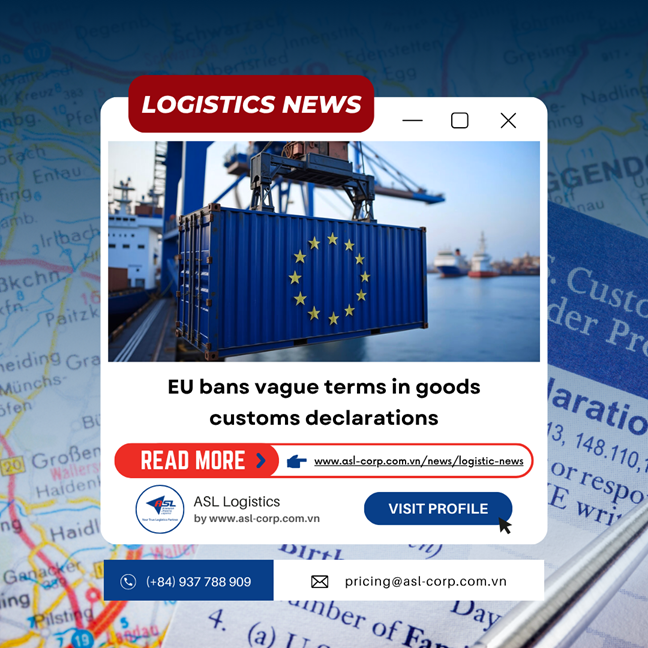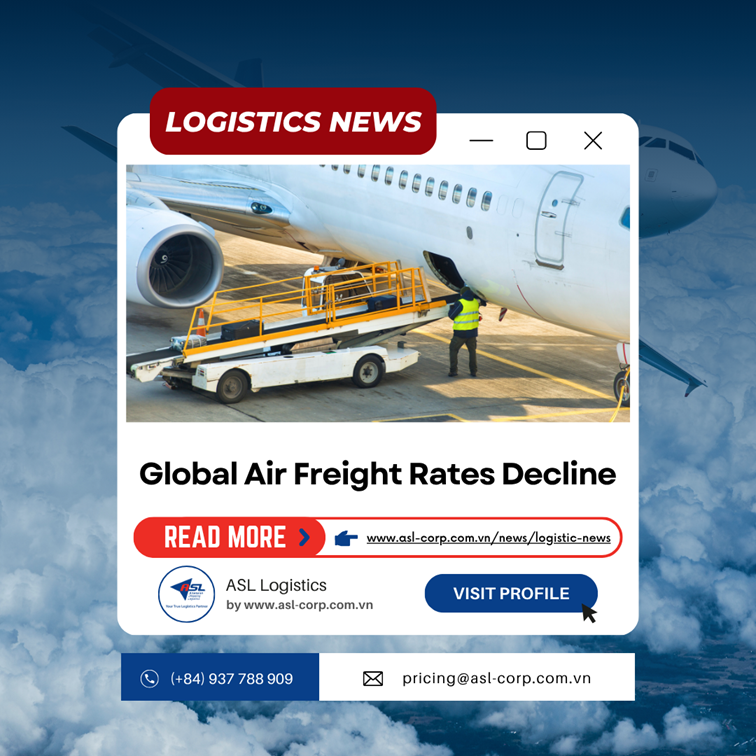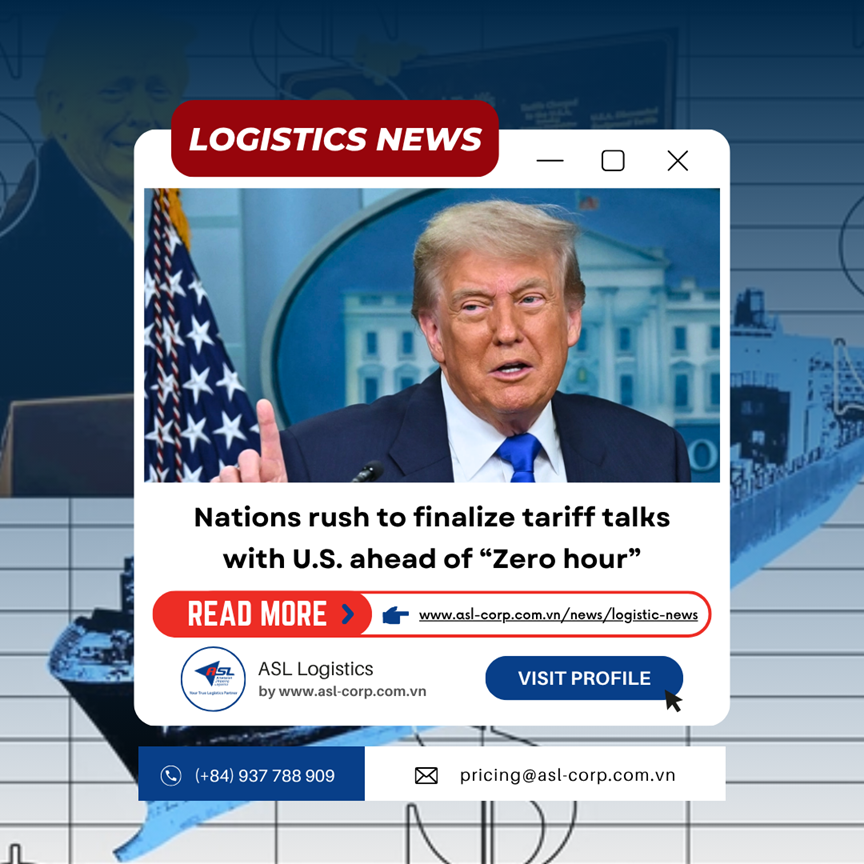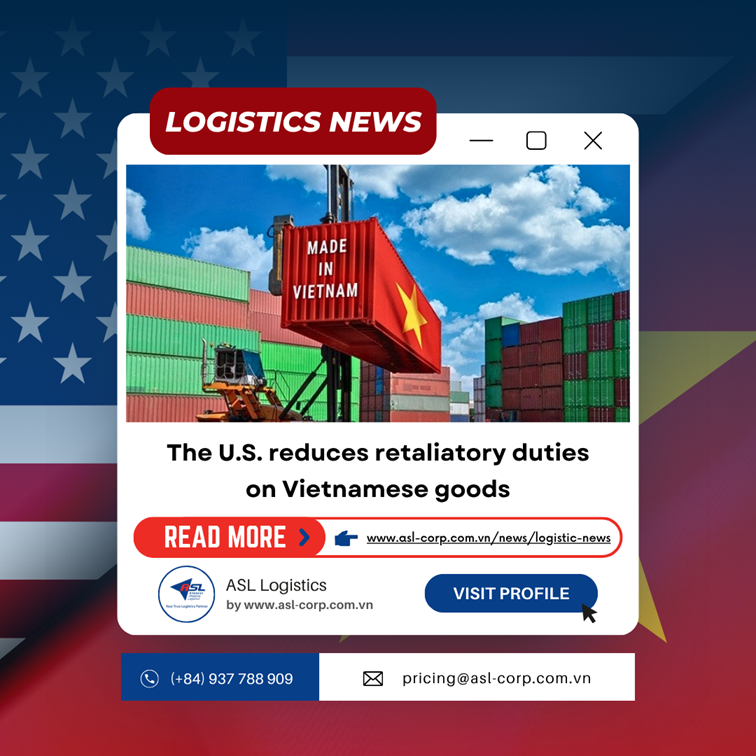Logistic News
THE CHALLENGES IN THE REVERSE LOGISTICS INDUSTRY
01 February 2024
Reverse logistics, also known as reverse supply chain, is the process of managing and moving returned goods. According to Tony Sciarrotta, Executive Director of the Reverse Logistics Association, in reverse logistics, returned goods go through contact points three to four times more than forward-moving goods, making it a complex process. This complexity can incur additional costs for businesses handling various functions of the supply chain. They often require double the transportation and staffing costs, as well as additional warehouse space for inventory storage.
According to a report, nearly three out of five retail leaders acknowledge the major challenges in reverse logistics operations as repackaging and restocking costs (60%) and non-exchangeable returned inventory (60%). Retail operations directors also cite difficulties in maintaining profit margins (43%), receiving too many non-exchangeable returned items from customers (39%), and limited warehouse or storage space (14%).
The order processing center of Radial, an e-commerce business, in Louisville, USA - Photo: John Sommers
Scot Case, Vice President of Social Responsibility and Business Sustainability at the National Retail Federation (NRF), explains that with forward logistics, goods are shipped to a store, packed in uniformly sized boxes. However, when items are returned, they must be separated, sorted, and processed individually. Additionally, online shopping has a return rate three to four times higher than traditional stores, especially in the apparel sector. Approximately 25% of online clothing transactions are returned due to inconsistent sizes and color differences.
For retailers, offering free return services can be abused, so returns need to be managed and controlled strictly. Evan Armstrong, CEO of Armstrong and Associates, a third-party logistics consulting company, describes reverse logistics as a puzzle piece.
Many retailers outsource the management of e-commerce returns to third-party logistics providers (3PL) because they manage and operate more efficiently with lower costs than direct management. Additionally, combining reverse logistics operations with outbound shipping centers and providing customers with enhanced exchange services can streamline the process. Some trucking companies plan to build return centers for their customers to help cut transportation costs.
UPS, one of the largest leasing carriers in North America, has invested in the reverse logistics market, recently acquiring a reverse logistics software company named Happy Returns. Users can access the return portal, return items without a box at the most convenient location, and have their items shipped, sorted, and returned to the seller.
The explosion of e-commerce demand has made reverse logistics services a central focus for UPS in recent years. "The profitable market is currently valued at 6 billion USD and is increasing. In the weeks after the holiday season, we predict there will be 2.7 million returns in our network on any given day," said Joe McKinnie, UPS Product Manager. Currently, UPS provides 60,000 access points for users to send packages.
Tony Sciarrotta believes that the key to the future of this industry is slowing down the return process and finding more effective ways to handle them. In terms of transportation, the reverse movement of goods has created significant growth opportunities for the industry.
Additionally, AI technology will be the center of automated returns in the next 3-5 years, along with the implementation of self-service return portals. At that time, the reverse logistics process will become more sophisticated and focus more on aspects such as the environment, society, and management.
Experts also believe that sustainability is the focus of the return process. Therefore, reverse logistics service providers will increase investment in return management software to improve operational efficiency, promote profitability, and contribute positively to environmentally friendly initiatives.
Source: Tuệ Anh (theo Transport Topics)

Head Office
ASL Hồ Chí Minh
Số 31/34A Ung Văn Khiêm, Phường Thạnh Mỹ Tây, TP. Hồ Chí Minh, Việt Nam
 Công Ty Cổ Phần Giao Nhận Vận Tải Mỹ Á
Công Ty Cổ Phần Giao Nhận Vận Tải Mỹ Á
 (+84)28 3512 9759
(+84)28 3512 9759
 (+84)28 3512 9758
(+84)28 3512 9758
 pricing@asl-corp.com.vn
pricing@asl-corp.com.vn
 mdirector@asl-corp.com.vn
mdirector@asl-corp.com.vn
 www.asl-corp.com.vn
www.asl-corp.com.vn
LOGISTICS SERVICES











.png)
.png)

.png)




